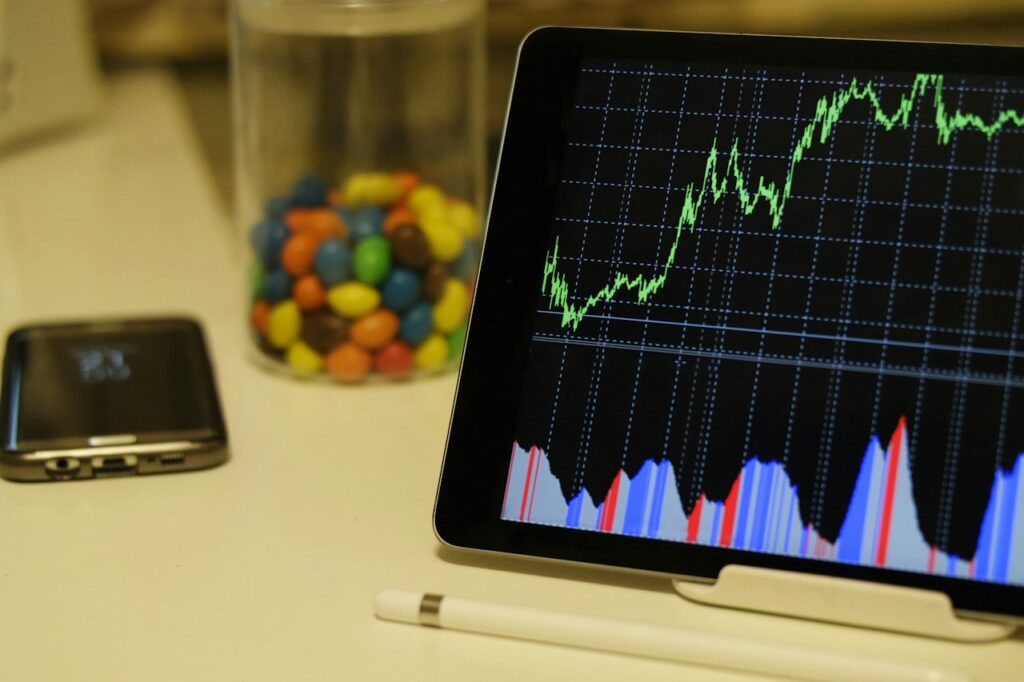Reaching a professional level of day trader isn’t an easy task. It requires discipline, excellent risk and money management skills, and a solid working knowledge of the market. A thorough understanding of the various technical indicators is also a necessity to reach the top. These trading indicators offer technical analysis of market conditions as well as insight into market psychology and the supply and demand of securities. They can even provide reliable predictions of what to do based on complex computation.
When just getting started, interpreting what an indicator means and which ones to utilize could quickly become overwhelming. To help, here is a brief look at the basics of some of the best indicators for day trading.
First, one of the most commonly seen indicators on a professional trader’s chart is moving average. This indicator assesses overall trend direction, which provides a foundation for the analysis. It can be used to evaluate potential support and resistance levels. There are two types of moving averages to utilize: the simple moving average (SMA) and exponential moving average (EMA).
Choosing one over the other depends on the time frame being studied. Traders often use both to make comparisons which, in turn, helps determine if the stock is experiencing an uptrend or downtrend. Professionals tend to prefer the EMA indicator since using the SMA has a potential drawback. Put simply, the SMA indicator places equal weightage on all the price points, which may lead to redundancy.
Another frequently utilized indicator is the OBV, or on-balance volume indicator. It is used to measure the flow of volume — both positive and negative — in a security over time. Doing so helps verify the strength of the trend. It also serves to validate potential breakouts and breakdowns.
The way it works is by keeping a running total of up volume and subtracting down volume. Volume changes based on whether the price went lower or higher. A rising OBV during price movements suggests strong market participation. When falling, it shows selling volume is outpacing buying, thus indicating lower prices. All this acts as a tool for trend confirmation.
Last on our list is the very useful relative strength index, or RSI. Used to help gauge momentum and trend strength, this indicator plots recent price gains versus recent price losses in a range between zero and 100. Its most basic use is to signify an overbought or oversold condition for an asset.
When RSI rises above 70, the asset is considered overbought and could decline; therefore, it may be time to sell. Conversely, falling below 30 signifies oversold and a time to buy or allow existing stock to rally. RSI is also used to measure divergence as well as in evaluating support and resistance levels, making it a valuable, versatile tool. These examples merely scratch the surface of the top indicators that traders should have in their toolkits. For more, continue reading below!
Top Trading Indicators Toolkit from NinjaTrader, a futures broker

